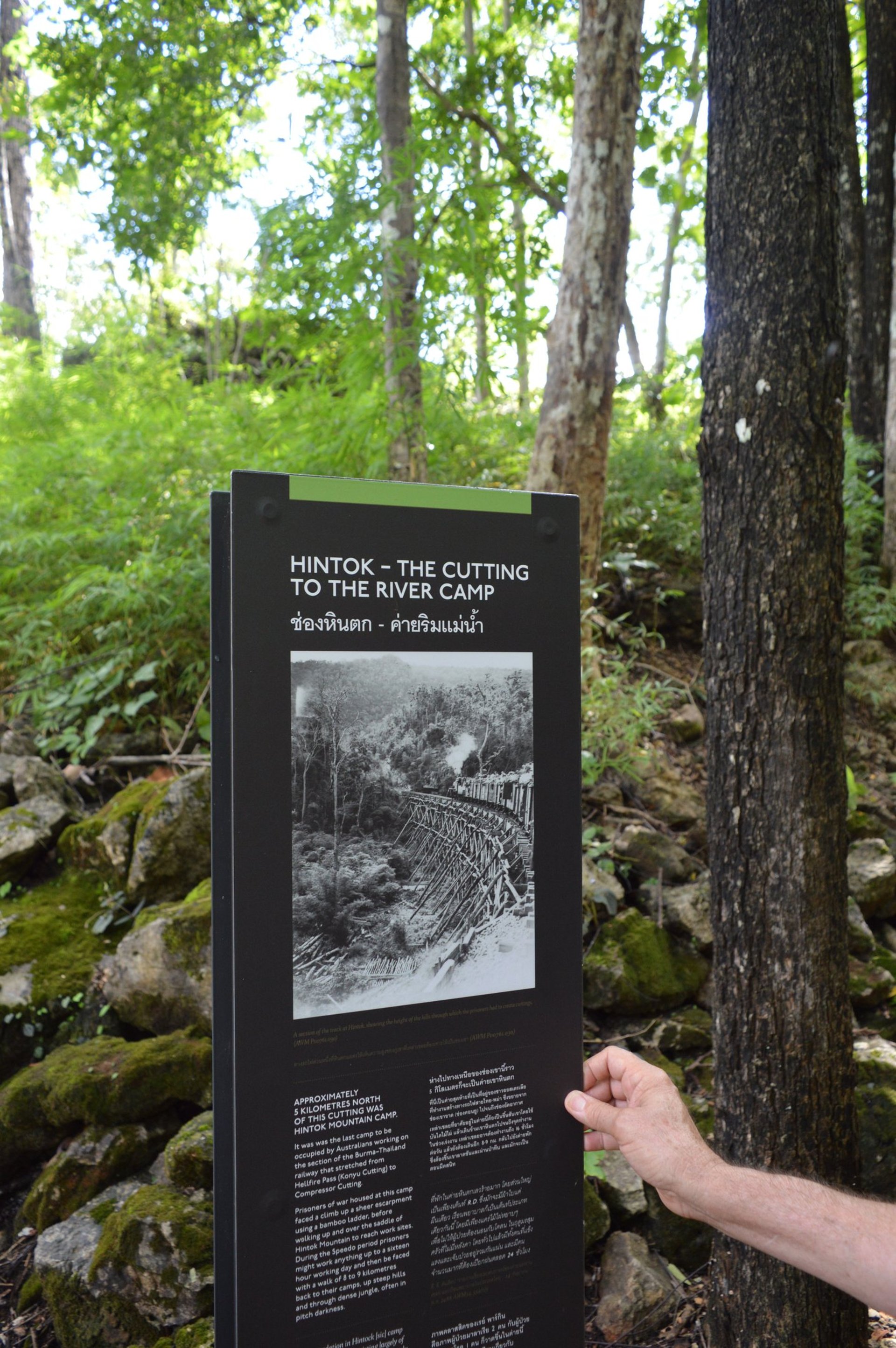
You didn’t come this far to stop
Further Investigations at
Hintok Crossing
Episode 74: Further Investigations at Hintok Crossing
In this episode, we took John along for an in-depth exploration of the historical significance of Hintok Crossing, a crucial site on the infamous Thai-Burma Railway. As we walked down the narrow cutting, it became clear how confined the space was, allowing just enough room for the track and carriages. This small, yet significant path led us to the remarkable Hintok Bridge, a curved trestle structure that was frequently targeted by Allied bombings during the war.
IN THEIR FOOTSTEPS BLOGDUNLOP RESEARCH TRIP 3WW2 HISTORYWEARY DUNLOP TRAIL
Toursofwar.com
7/6/20243 min read
Historical Significance of Hintok Crossing
POW Labor
The construction of the Hintok Bridge and the surrounding railway was labor-intensive and fraught with danger. The POWs faced extreme conditions, including malnutrition, disease, and brutal treatment from the guards. Despite these challenges, they managed to build the bridge, a feat of engineering that is both remarkable and tragic given the circumstances.
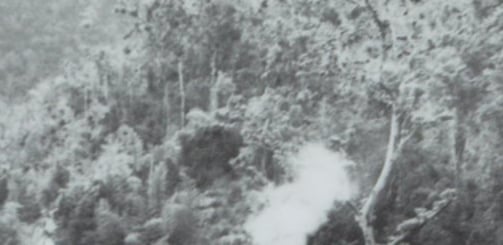

Location and Structure
Hintok Crossing is located near the Hintok River and was a vital part of the railway constructed by Allied POWs under Japanese supervision. The crossing is known for its curved trestle bridge, one of six bridges built between Konyu Cutting (Hellfire Pass) and Hintok Station, which are about three kilometers apart. Constructed using timber cut from the surrounding jungle, the bridge’s structure was held together by metal spikes, nails, bolts, and wire—a testament to the primitive yet effective engineering solutions used under extreme conditions.
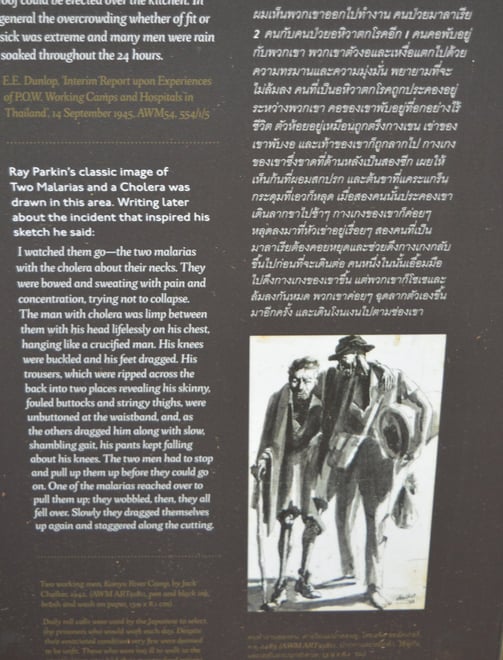

Bombings and Military Actions


Bombing Campaigns
During World War II, the area around Hintok Crossing was a target of bombing campaigns by Allied forces aiming to disrupt Japanese supply lines. The bombings focused on railway infrastructure to hinder the transportation of troops and materials, which were critical to Japanese military operations in the region. As a strategic objective, the destruction of key sections of the railway was paramount to the Allied efforts.
Impact on POWs
The bombing campaigns not only aimed to destroy the railway infrastructure but also posed significant risks to the POWs working on the railway. Many prisoners were caught in the crossfire, leading to casualties among those already suffering from the brutal conditions of their captivity.
Archaeological Findings
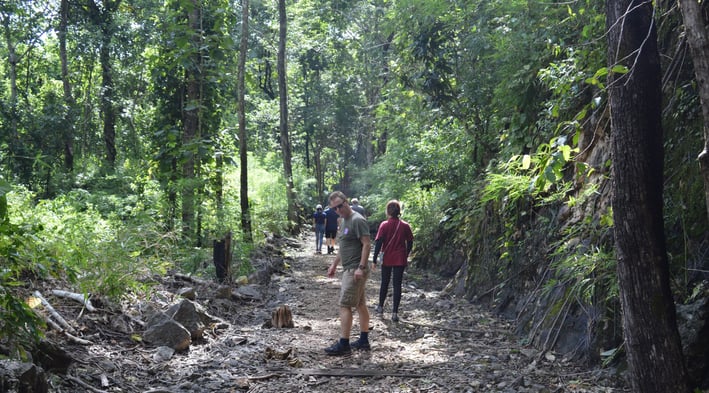

Artifacts and Excavations
Archaeological efforts at Hintok Crossing have uncovered numerous artifacts related to the POWs, as well as evidence of earlier human habitation in the area. Discoveries include items from the Stone Age, indicating that Hintok Crossing has a long history of human activity. These findings are highlighted in the local museum, offering visitors a deeper understanding of the site's historical context and its importance
Conclusion
Hintok Crossing stands as a testament to the resilience of the POWs who endured unimaginable hardships while constructing the Thai-Burma Railway. The historical significance of this area, combined with the impact of military actions during World War II, makes it a crucial site for understanding the broader narrative of the war in Southeast Asia. Our team really appreciated the opportunity to investigate this site further, connecting with its deep history and the sacrifices made by those who came before us.
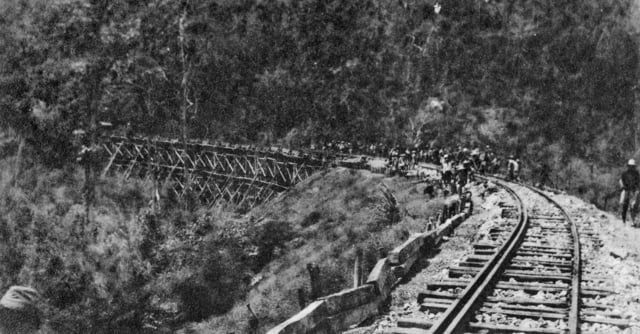

How You Can Help
Donations and Sponsorships: We are seeking corporate sponsorships and donations to fund ongoing restoration projects and educational programs. Your support can make a significant difference in maintaining the quality and impact of the museum.
Volunteer Opportunities: If you have expertise or time to offer, consider volunteering with us. There are many ways to get involved, from artifact restoration to educational outreach.
Spreading the Word: Share this blog and our mission with your network. The more people who know about the JEATH War Museum and its significance, the greater the impact we can achieve together.
The St Andrews Research Team is dedicated to preserving the legacy of the Thai-Burma Railway and the memories of those who suffered. We need your support to continue our work. There are several ways you can help:
Join the Cause!
If you or someone you know is interested in supporting this cause, please get in touch.
This is a chance to be part of something truly meaningful and impactful.
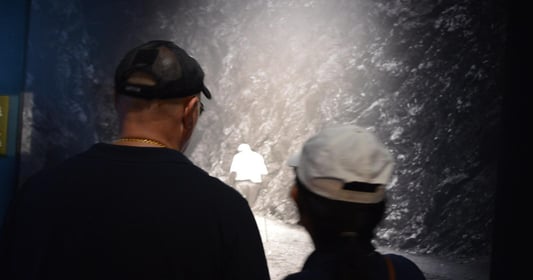

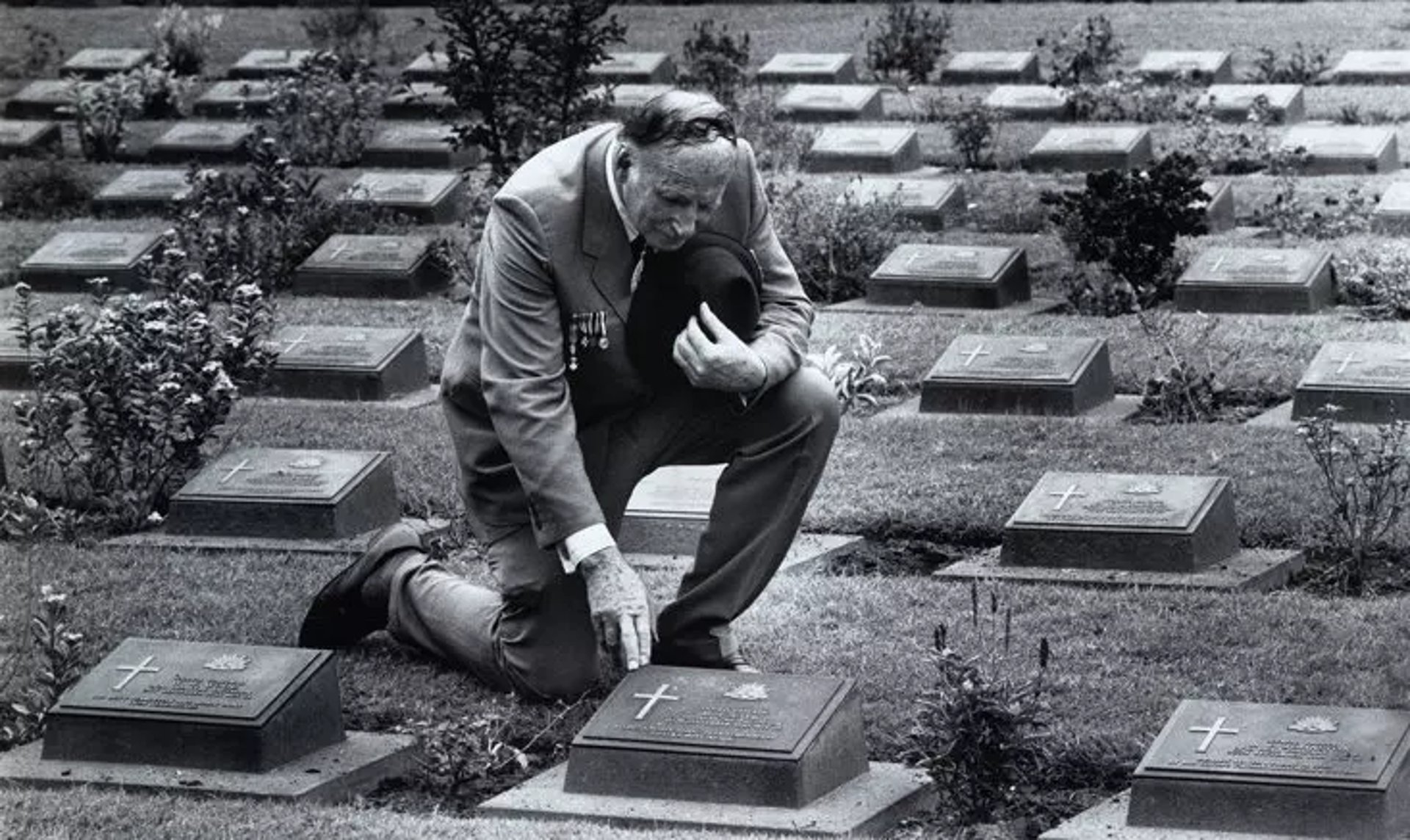
Together, We Can Make a Difference!
This is a veteran-run project, and we need your help to make it happen. Stand with us in honoring the legacy of the POWs and ensuring their stories are never forgotten.
